When Alison Howard front-crawled into Port Edward, B.C., last August, she was completing not just her 28-day source-to-sea swim of northern British Columbia’s Skeena River, but the circle in a longstanding river tradition. In raising awareness of threats surrounding this beautiful and pristine watershed, Howard enthusiastically volunteered for what so many of us enthusiastically avoid—swimming.
Twenty years on, I still have a mark on my jaw from when it hit the bedrock ground beside the Ottawa River. After briefing us on our ultimately futile, high water Coliseum rookie attempt, our raft training guide simply jumped in. To us, the rapid was a mess of roaring white and certain death. He disappeared in the first wave and surfaced somewhere below, indignantly waving for us to get in the boat and get on with it. Later on in my rookie guide years, I would commonly come upon a senior guide, on a day off, swimming the river for fun.
For many paddlers, those who swim rivers— whether for a cause or for pleasure—defy reason. Kayakers view swimming with contempt (if they are good) or humiliation (if they are not), and canoeists are typically terrified of the very idea. Raft guides, always the realists, take swimming for what it is—insignificance while immersed in a tremendously powerful, uncaring force of water and gravity.
The swimming ethos can trace its roots back to 1955, when footloose former servicemen Bill Beer and John Daggett swam the Colorado’s Grand Canyon on a whim, more or less, and became daredevil media darlings. Dragging two 80-pound army surplus dry bags each, they swam the 200-plus miles in 26 days—with no plan, no backup, and no idea what they were doing.
Amazingly, they hauled a film camera with them, and for a time Beer made a living touring with his movie and telling his story. His memoirs are subtitled The True Story of a Cheap Vacation That Got a Little Out of Hand (We Swam the Grand Canyon, 1988, Mountaineers Books). These two single handedly shattered the certain death mentality that early river runners carried with them, and they likely also opened the door to public acceptance of whitewater rafting as a carefree means of having some fun on the river.
This river swimming subculture persisted for many years, and in many places, but came to an abrupt end in 1993 when Stan Hollister—the same guide who willingly swam Coliseum, scarring my jaw—died while swimming Colorado’s Cataract Canyon.
Among guides, Cataract is considered significantly more difficult than the Grand Canyon, and above 60,000 cubic feet per second (cfs) is the hardest commercially run big water in the world.
Hollister swam it at 110,000 cfs in 1983, covering the standard two-day whitewater section in one hour. In 1993, the flow was 65,000 cfs and Hollister was 52 years old. He saw some friends above the Big Drops—notorious for their massive pourovers, chaotic and churning flow and grip- ping speed—and was later found drowned below them. No one knows what happened.
Swimming fell out of favor, even though canoes still swamped and rafts still flipped. For a time, raft guides were even trained without intentional swimming.
Then in the early 2000s, during the heart of the kayaking boom, river rescue training—with its strong focus on swimming—finally gained acceptance among the rapidly expanding ranks of mainstream paddlers, knocking back the certain death mentality once more.
Today, it is not uncommon to again see rookies bobbing down the main lines of commercial rafting rivers. Sometimes just for fun.
Jeff Jackson is a professor of Outdoor Adventure at Algonquin College in Pembroke, Ontario.
This article originally appeared in Rapid, Early Summer 2010. Download our free iPad/iPhone/iPod Touch App or Android App or read it here.



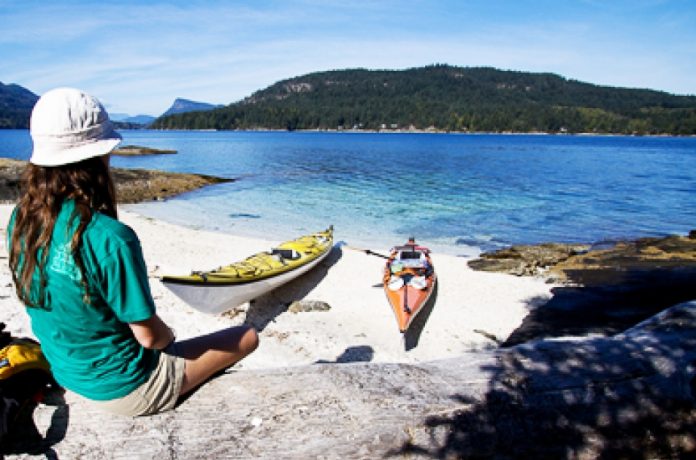

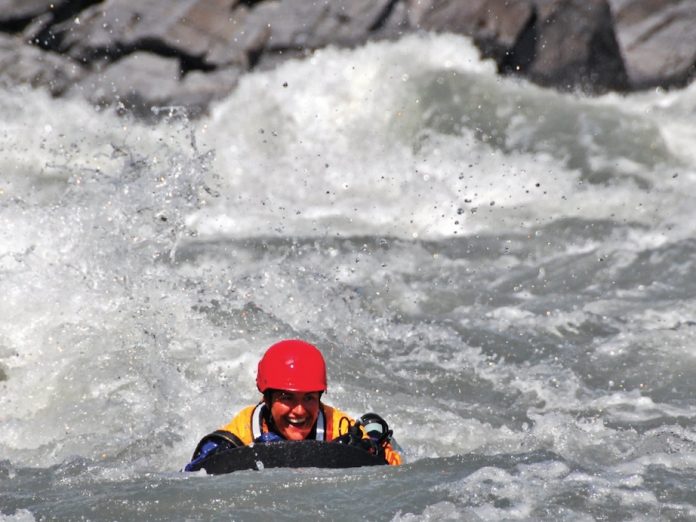
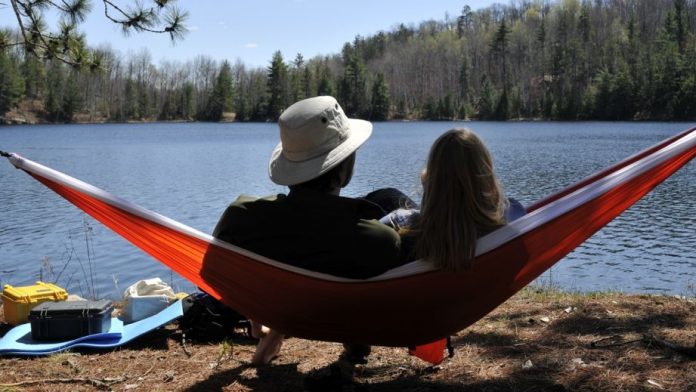
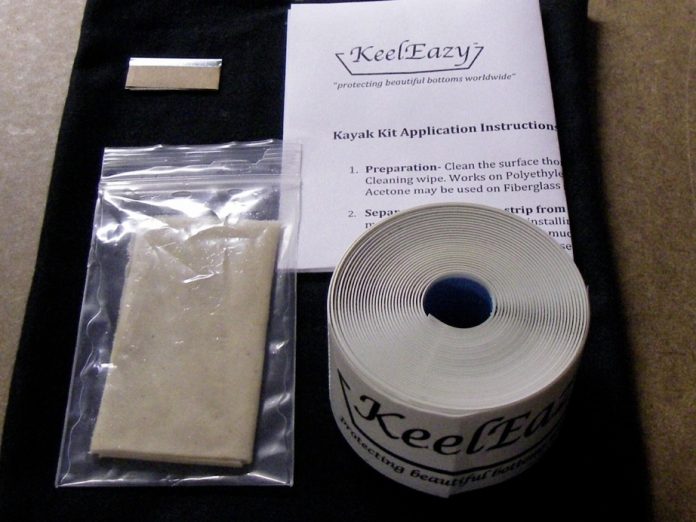
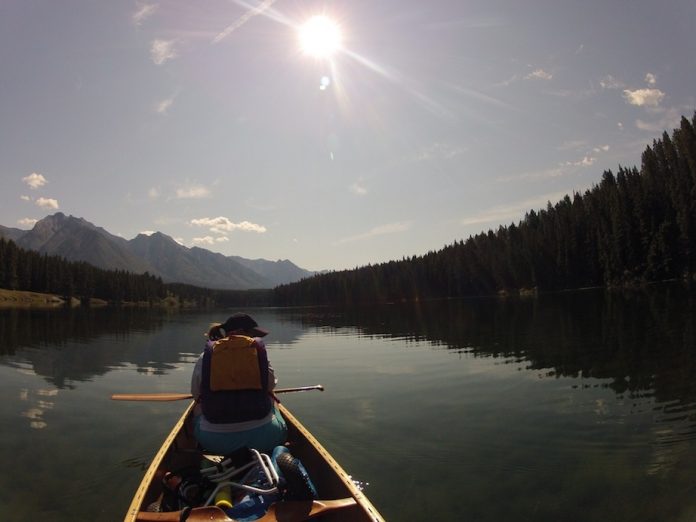
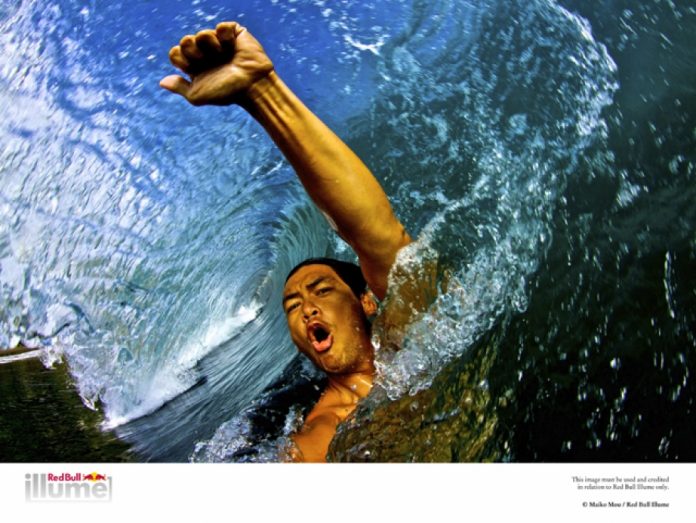

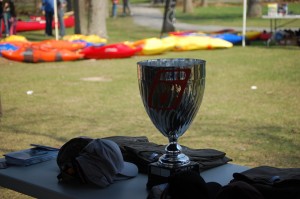 Level Six’s Capital Cup, a freestyle kayak competition, takes place on Saturday, April 27th at the Champlain Rapids, Bate Island, Ottawa. Canada’s top amateur and pro kayakers will be competing on the Ottawa River and hanging out at the festival.
Level Six’s Capital Cup, a freestyle kayak competition, takes place on Saturday, April 27th at the Champlain Rapids, Bate Island, Ottawa. Canada’s top amateur and pro kayakers will be competing on the Ottawa River and hanging out at the festival.  As part Hell or High Water, the Town of Petawawa invites everyone to celebrate Canada’s rivers and recreation opportunities they provide us by attending the Reel Paddling Film Festival. Much more than just whitewater action, the films are divided into 10 categories and showcase the world’s best paddling films to audiences worldwide, inspiring more people to explore rivers, lakes and oceans, push physical and emotional extremes, embrace the lifestyle and appreciate the heritage of the wild places we paddle. The festival will take place on Friday, May 10 at 7:00 pm at the Petawawa Civic Centre. All proceeds from the Film Festival go back into the community to help support new paddlesports activities and programming. Via
As part Hell or High Water, the Town of Petawawa invites everyone to celebrate Canada’s rivers and recreation opportunities they provide us by attending the Reel Paddling Film Festival. Much more than just whitewater action, the films are divided into 10 categories and showcase the world’s best paddling films to audiences worldwide, inspiring more people to explore rivers, lakes and oceans, push physical and emotional extremes, embrace the lifestyle and appreciate the heritage of the wild places we paddle. The festival will take place on Friday, May 10 at 7:00 pm at the Petawawa Civic Centre. All proceeds from the Film Festival go back into the community to help support new paddlesports activities and programming. Via 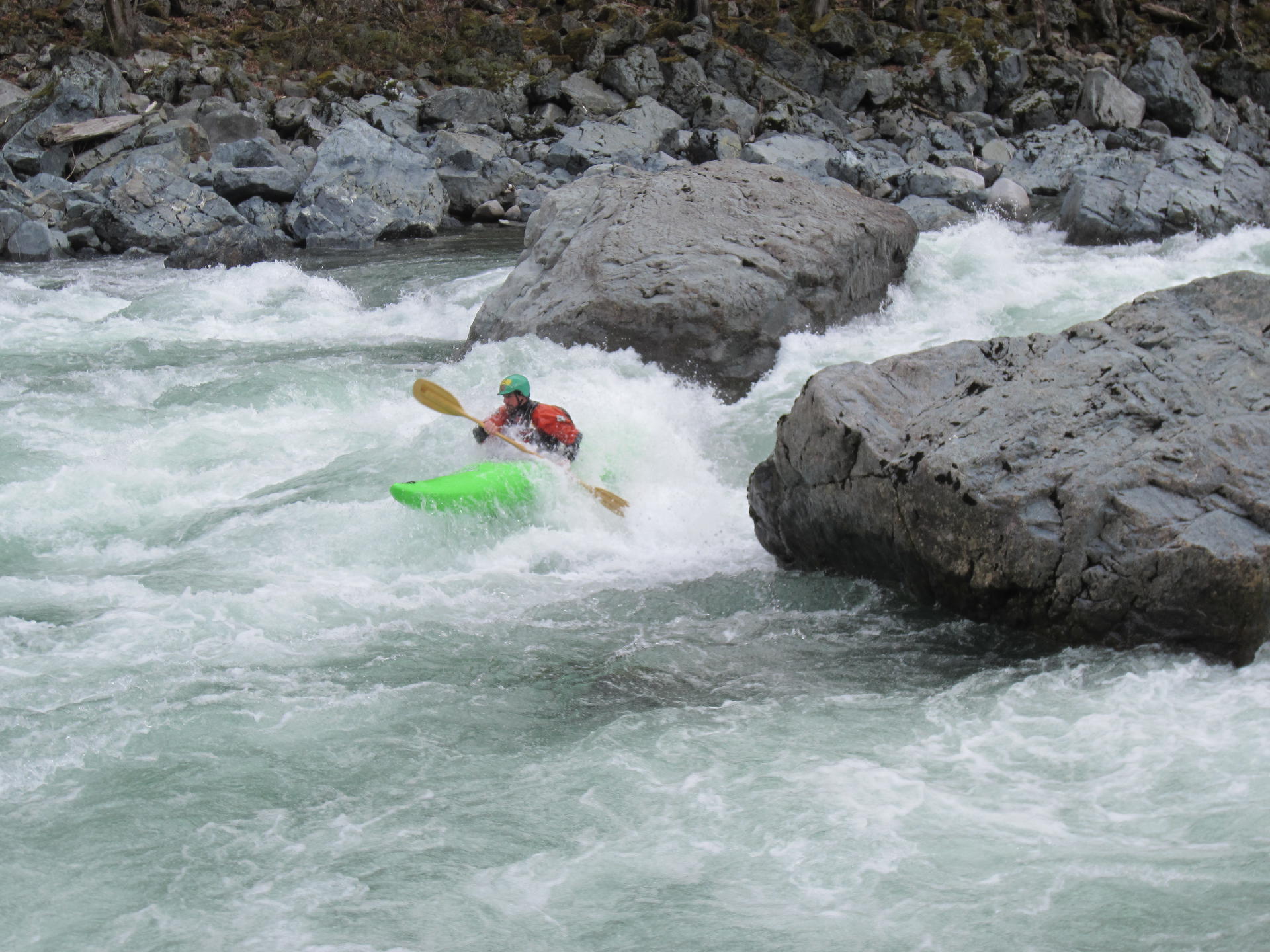 Whet your appetite, no matter what your favorite sport. Washington’s Sky Fest features whitewater kayaking and canoeing, mountain biking, climbing, fishing and activities just for the kids. When your arms and legs give out, take in some of the presentations, including talks on water survival, conservation, boat pins, beer brewing and Dutch Oven cooking. The fun runs from July 4-7th. Via
Whet your appetite, no matter what your favorite sport. Washington’s Sky Fest features whitewater kayaking and canoeing, mountain biking, climbing, fishing and activities just for the kids. When your arms and legs give out, take in some of the presentations, including talks on water survival, conservation, boat pins, beer brewing and Dutch Oven cooking. The fun runs from July 4-7th. Via 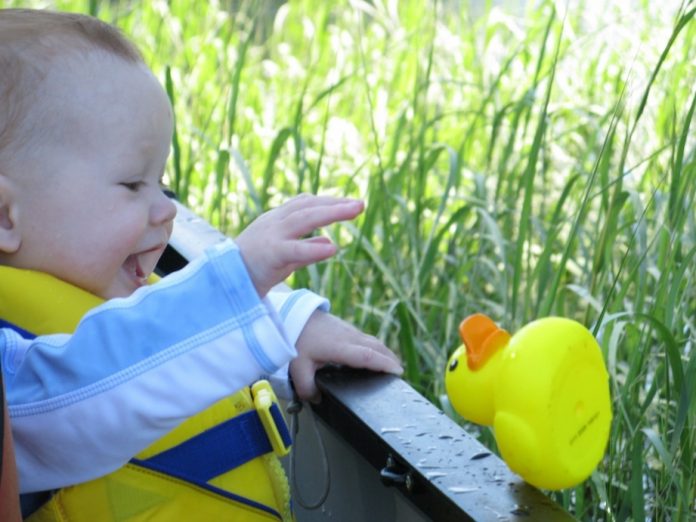


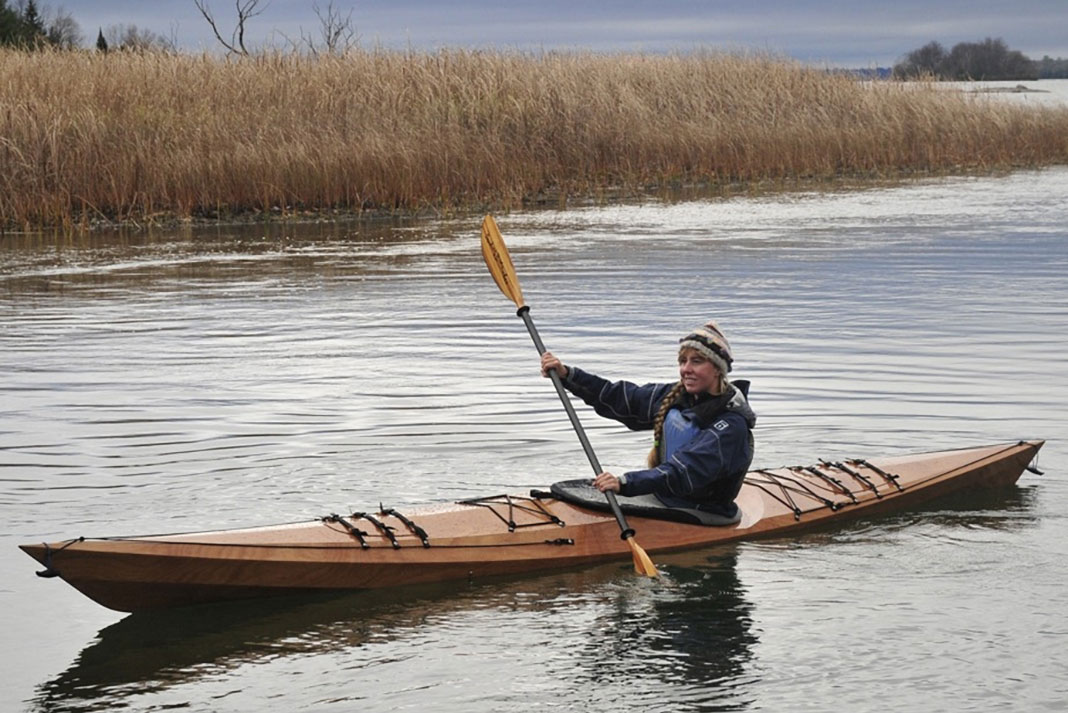
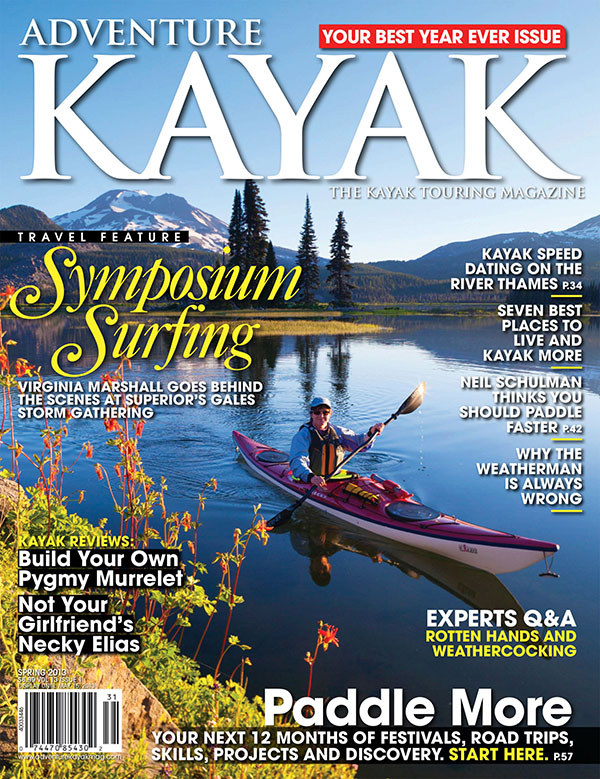 This article was first published in the Spring 2013 issue of Adventure Kayak Magazine.
This article was first published in the Spring 2013 issue of Adventure Kayak Magazine. 